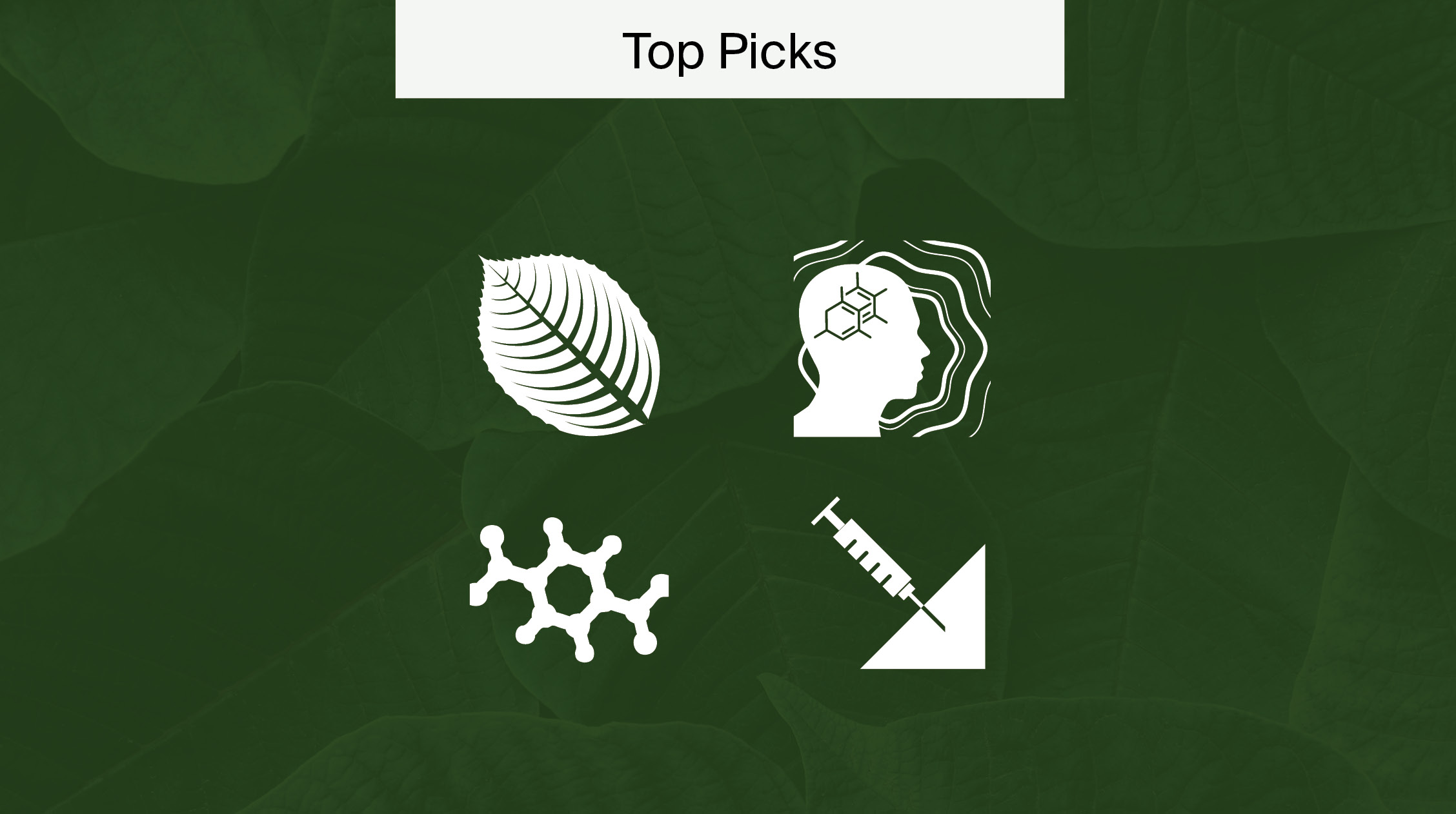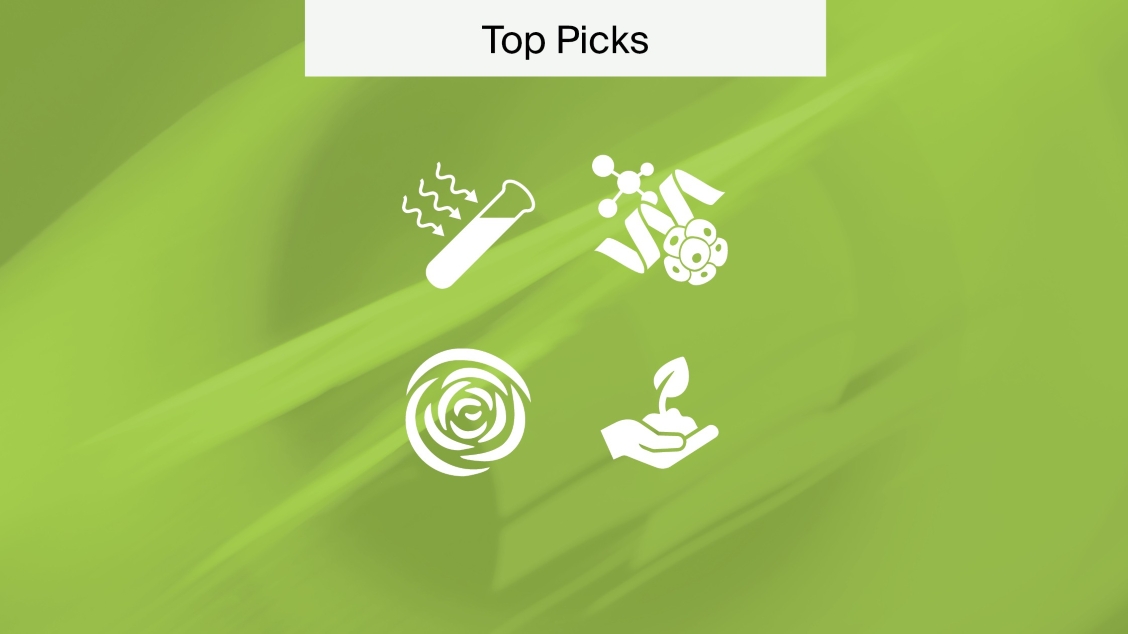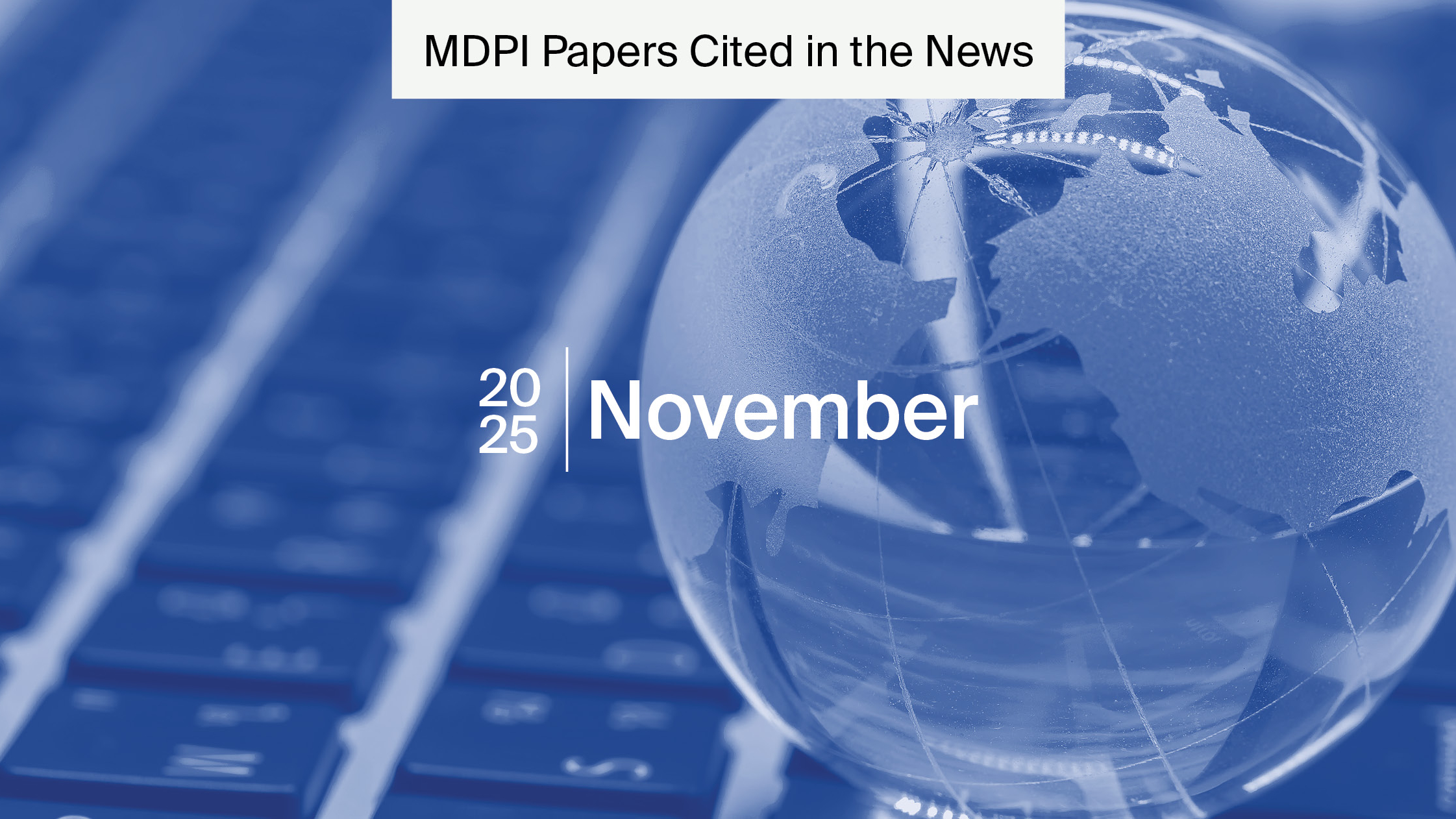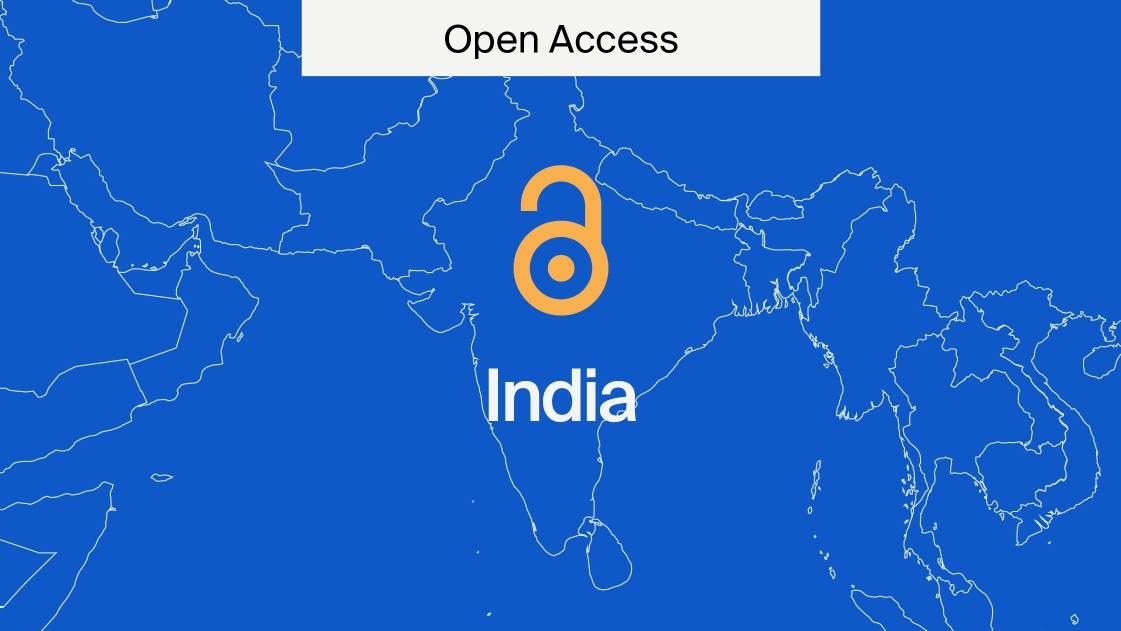
Insights from MDPI Top Picks: September 2024
In this September’s Top Picks, we explore research coming from a wide range of scientific disciplines. This includes research on vaccine perception published in Vaccines, studies on agricultural practices published in Plants, and the production of innovative technologies to help water pollution published in Polymers. We also look at research that urges stricter regulations on the production of alkyl nitrites, a popular recreational drug, published in Psychoactives.
Indonesian Mothers’ Experience of Their Daughter’s HPV Vaccination, and the Factors Associated with Their Willingness to Recommend HPV Vaccination for Girls
Editor’s Choice Article Published in Vaccines
Vaccinating against the human papillomavirus (HPV) is an important way to protect against diseases like cervical cancer. HPV is most commonly a sexually transmitted disease, and the vaccine is usually administered to females at around age 14 years old. However, many parents do not consent to their daughters receiving the vaccine. This may be due to the belief that they are too young, or perhaps not at risk of transmission.
A recent study published in the Open Access journal Vaccines examines Indonesian mothers’ experiences of their daughters receiving the HPV vaccine as well as their knowledge of the viral infection and awareness of cervical cancer prevention. The study also looked at the factors affecting their willingness to consent to their daughters receiving the vaccine.
Indonesia is working towards achieving the World Health Organization’s (WHO) goal as part of the Cervical Cancer Elimination Initiative by 2030, which requires 90% of girls to be fully vaccinated against the virus by the age of 15 years old. The study collected data from online surveys given to mothers or female caregivers of schoolgirls around 11‒14 years old who had received at least one dose of the HPV vaccine.
Researcher of the study, Setiyani Dewi, discusses the importance of the research:
With HPV vaccination poised to expand nationwide, understanding parental experiences and addressing knowledge gaps are essential for increasing vaccine uptake and ensuring long-term success. Readers interested in public health strategies and vaccine advocacy will find this research valuable for shaping effective health interventions.
In the study, they found that 22% of caregivers did not confirm their willingness to recommend vaccinations. The authors concluded that more knowledge of HPV and cervical cancer meant that they were more likely to recommend vaccinations to others. 37.5% of mothers did not receive adequate information on the vaccine program before their daughter’s vaccination. Communication of key information about the vaccination program is crucial to gain more support, promote the social acceptance of HPV vaccines and enable Indonesia to reach the WHO’s goal.
Soil Carbon Dioxide Emissions and Carbon Sequestration with Implementation of Alley Cropping in a Mediterranean Cirtus Orchard
Article Published in Plants
Modern agricultural practices can emit large amounts of carbon dioxide (CO2) into the atmosphere. Analysing these practices is important to ensure the most sustainable methods are being used. An article published in Plants looks at different agricultural practices, such as Alley Cropping in a Mediterranean citrus orchard with the plants Rosmarinus officinalis and Thymus hyemalis. Alley cropping is a type of intercropping practice by which two or more crops are planted in alternation that usually yields higher agricultural output.
In the study, they look at CO2 emission rates as well as soil and temperature and moisture patterns, and how these variables are affected by different aquacultural practices over two years. The results showed that alley cropping generated more fruitful outcomes, in that it improved soil fertility and nutrient content. The researchers saw that soil CO2 emission rates were high when soil temperature and moisture were high.
Although the soil was deemed more beneficial, alley cropping generated more CO2 compared to other agricultural practices. Between the Rosmarinus and Thymus plants, they found that the former was able to take in more atmospheric carbon compared to the latter, due to its bigger size.
This type of research is important to analyse the most efficient and sustainable farming methods.
Synthesis and Dye Adsorption Dynamics of Chitosan- Polyvinylpolypyrrolidone (PVPP) Composite
Editor’s Choice Article Published in Polymers
Water pollution has a significant effect on aquatic ecosystems and poses a serious threat to marine life. One of these pollutants is synthetic dyes released from clothing. With fast-fashion production and consumption at an all-time high, scientists are increasingly worried about their damaging effects on our environment. This encompasses factors like extraordinarily high energy demands, and carbon emissions, water waste, the production of microplastics, and the release of toxic substances into our water channels.
Significantly reducing the production and consumption of fast fashion, especially clothing with synthetic substances, is the most obvious way to tackle the issue at hand. An article published in Polymers describes a new innovative technology of using composite beads made from Chitosan polyvinylpolypyrrolidone (CS-PVPP) to reduce synthetic dyes from water. Innovating technologies like this is a key step in addressing the issue and an attempt to fix existing and future damage.
Professor Brink, author of the study, discusses the importance of the study:
With the rapid development of dye-intensive industries such as dyes, textiles, paper and agrochemicals, this study provides a solution for the treatment of the effluents from these industries prior to their discharge.
The beads work by adsorbing the dye to its surface. They can also withstand decomposition in high temperatures (up to 400 degrees), and can be reused, making them a good candidate to use in water treatment systems.
The polymers used are not only abundant in nature but have strong adsorption capabilities ensuring maximum pollutant removal. Most importantly, the material is in the form of beads that can be reused and recycled, hence providing maximum water treatment with minimal secondary waste. This study therefore provides an environmentally and economically relevant sustainable approach towards wastewater treatment. – Professor Brink
Assessing Popper Purity – Implications for the Regulation and Recreational Use of Alkyl Nitrites
Published in: Pyschoactives
The regulation of recreational drugs by governments is essential for the safety of the population. Alkyl nitrites, also known as poppers, are a popular recreational drug that can currently be legally purchased. The drugs are not marketed for human consumption and are usually advertised as chemical solvents and cleaners. Therefore, the drug is easily accessible to people of all ages and is particularly popular amongst teenagers and young adults.
The drug acts as a vasodilator or a smooth muscle relaxant. It provides an intense sense of euphoria and produces a ‘high’. Recently, there has been an increase in the usage of different types of poppers made up of different chemical groups. Analysing the composition and purity of the different drugs is important to assess their safety profiles. This research is important to implement stricter regulations on its manufacture and to ensure the safety of the population.
The original article published in Psychoactives assesses the purity of different poppers using nuclear magnetic resonance (NMR). The results demonstrated that the different samples exhibited poor purity profiles, often containing combinations of alkyl nitrite groups as well as containing toxic chemicals, e.g., isobutyl nitrite, that has both carcinogenic and neurotoxic properties.
The authors discuss how the confusing marketing of alkyl nitrites advertised as chemical solvents or odorizers, with a strong suggestion for human consumption, is dangerous for consumers. With no legal regulatory frameworks in place for its manufacture, there is no certainty of the purity of the product, and hence, no safety measures are in place for its consumption.
Based on the chemical analysis, the authors conclude that there is potential for unintended and unknown consumption of toxic chemicals that could be extremely harmful to individuals. They also suggest that the ‘current legal and regulatory framework around poppers may benefit from a re-evaluation’. Ensuring there are efficient safety measures and regulations is a large part of government schemes working towards harm reduction and promoting overall safety for the population.










